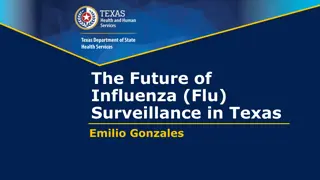Understanding Influenza: Key Concepts and Impact on Public Health
Influenza is a contagious respiratory illness caused by influenza viruses, with symptoms spread through droplets in the air or on surfaces. Vaccination and surveillance play vital roles in controlling flu outbreaks. Understanding the structure and types of influenza viruses, along with the importance of antibodies in fighting infections, is crucial in the study of this infectious disease.
Download Presentation

Please find below an Image/Link to download the presentation.
The content on the website is provided AS IS for your information and personal use only. It may not be sold, licensed, or shared on other websites without obtaining consent from the author. Download presentation by click this link. If you encounter any issues during the download, it is possible that the publisher has removed the file from their server.
E N D
Presentation Transcript
an increase in the number of cases of a disease above what is normally expected Word Bank Control group science of protecting and improving the health of people and their communities Epidemic a preparation that provides a trigger to help the immune system build immunity Experimental group in a research study, the group that does not receive interventions Public health in a research study, the group that receives interventions to measure effectiveness Surveillance Vaccine ongoing, systematic collection, analysis, and interpretation of health-related data Virus type of microbe that causes infectious diseases
Influenza (flu) is a contagious respiratory illness Caused by influenza viruses Spread by tiny droplets made while coughing, sneezing, or talking or by touching surfaces that have flu virus on them Understanding Flu Influenza virus particles (digitally colorized transmission electron microscopic image) About 8% of U.S. gets sick from flu annually
1. Do you or any of your family members get a yearly flu vaccine? Why or why not? 2. Have you ever had the flu? How did it feel? Note: The stomach flu isn t a flu! It s a type of unrelated gastrointestinal illness. Think About It 3. Do you think having the flu is a big deal? Why or why not?
Viruses are surrounded by a protein coat called a capsid Influenza viruses have surface proteins called hemagglutinin and neuraminidase that allow them to attach to host s cell membranes Antibodies use the surface proteins of viruses to recognize and fight infections Viruses cannot reproduce without using the host s cell machinery There are four types of influenza viruses: A, B, C, and D, but most human cases are from types A and B Many animals can carry influenza Influenza and CDC
Hemagglutinin 18 different types (are named H1-H18) Neuraminidase 11 different types (are named N1-N11) Influenza and CDC M2 Ion Channels Allow materials to pass through the capsid RNP (Ribonucleoprotein complex) Genetic material of the virus Note: virus capsid is cut open in this image to show the RNP inside
Disease surveillance requires regular monitoring of cases to monitor case numbers, trends, and variants Global Influenza Surveillance & Response System (GIRS) monitors flu cases globally Viruses mutate and change over time, so gene sequencing is an important part of surveillance to detect any new variants Antigenic drift small changes to flu viruses Antigenic shift major changes to flu strains, usually from recombination of existing strains through cross- species transfer (example: from birds to people) Novel flu strains (new variants) carry a risk of causing a pandemic and are monitored carefully Influenza and CDC
1. Why is antigenic shift potentially much more dangerous than antigenic drift? 2. Novel influenza viruses (viruses different from those currently in circulation) must be reported immediately to CDC. Why do you think this requirement exists? Think About It 3. Use HHMI s Virus Explorer to examine the characteristics of common viruses. What do you notice about the sizes, shapes, and structures of the viruses shown? Link to HHMI Virus Explorer
From the Expert https://youtu.be/f86mImyhaoc
1. Many flu-related deaths occur because of secondary pneumonia infections that occur in weakened or damaged lungs. How can vaccines help prevent this? 2. A high dose vaccine containing 4 times the flu virus antigen is generally given to adults 65 and older. What effect do you think this has on the immune system? Why is this recommended for older adults? Think About It 3. Do you think you should wear a mask when sick to prevent spreading flu? Explain.
Call to Action! 1. Investigate common myths around influenza. 2. Analyze influenza data. 3. Share your findings. Give it a Why do you think participation is important? Try
Ask Ask Ask a question Ask a question Research Research Do background research Do background research Hypothesis Hypothesis Construct hypothesis Construct hypothesis Use the Scientific Method Test Test Test with an experiment Test with an experiment Analyze Analyze Analyze data Analyze data Conclusions Conclusions Draw conclusions Draw conclusions Share Share Communicate results Communicate results
1. Investigate common myths around influenza. - Brainstorm myths you ve heard about influenza (flu). - Learn about how to set up research studies. - Choose one to investigate. - Design an experiment using the scientific method that would Give it a Try
2. Analyze Influenza Data - Examine data and look for patterns: - Flu-related illnesses, hospitalizations, and deaths by age group - Pneumonia, Influenza, and COVID-19 Deaths - 10 leading causes of death in the U.S. Give it a Try
3. Share Your Findings - Instagram @CDCmuseum Give it a Try

 undefined
undefined



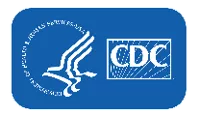




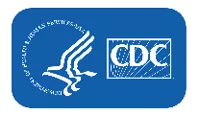








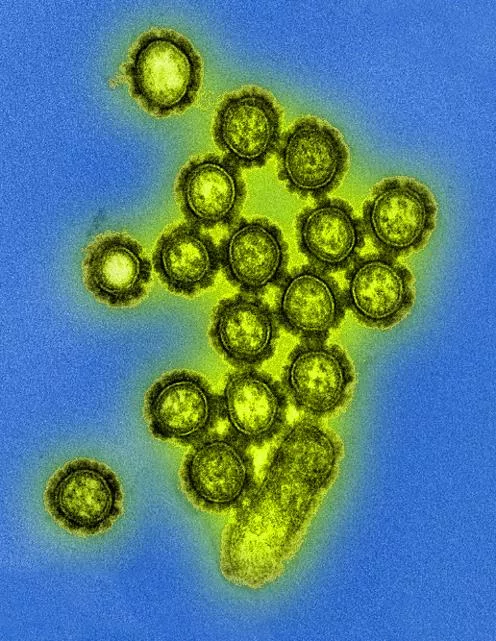





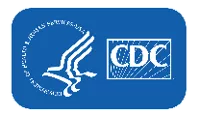





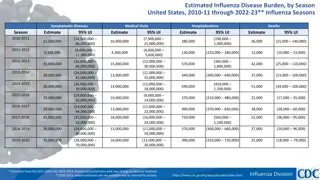

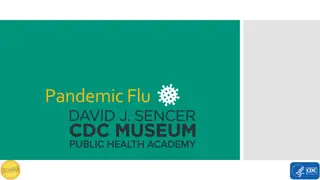
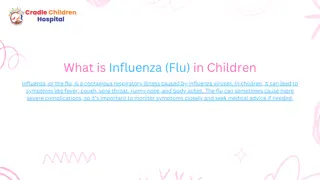

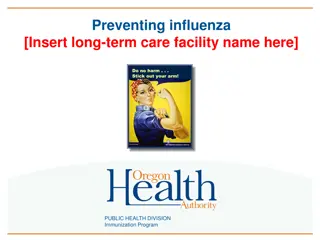


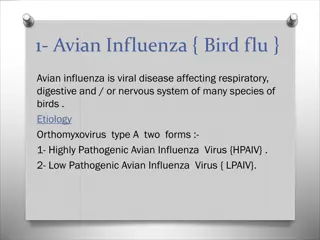
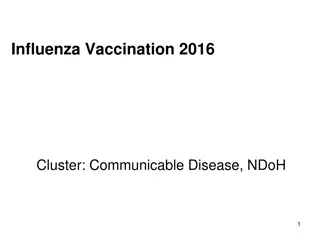
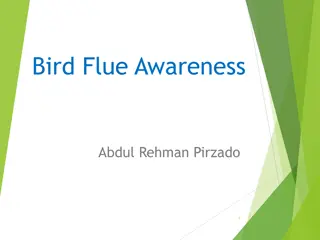

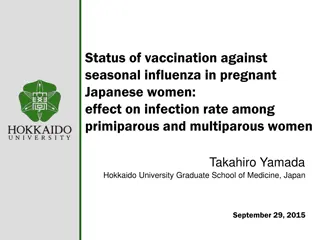



![Preventing Influenza at [Name of Critical Access Hospital]](/thumb/233818/preventing-influenza-at-name-of-critical-access-hospital.jpg)
